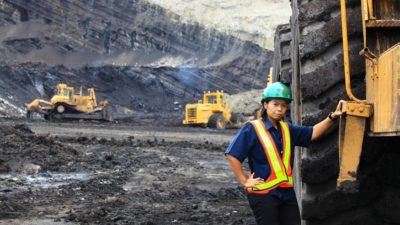The Rio Tinto Limited (ASX: RIO) share price has fallen more than 8% since 19 April 2023. When ASX blue-chip shares drop that much, it's worth asking whether they're good value. So is now a buying opportunity?
As one of the world's biggest iron ore miners, changes in the iron ore price can have a noticeable impact on how much profit Rio Tinto makes. Profit is usually one of the most important things that investors judge a business on.
If Rio Tinto gets more revenue for the same amount of production, then a higher iron ore price largely adds to profit because mining costs don't typically change much from month to month. But a fall in the iron price largely reduces profit.
What has happened to the iron ore price?
The iron ore price was above US$120 per tonne for most of January 2023 to mid-April.
But in the final week of April, the iron ore price rapidly dropped to US$105. Like many other commodities, the price of iron ore can be affected by the balance between supply and demand.
The Australian Financial Review recently reported on comments from investment bank Liberum Capital. Liberum said there hasn't been this level of trade and price weakness in China's ore-to-steel cycle this early in the season since 2012. In a note, Liberum said:
Back then, the trade was being rattled by an incoming President Xi [Jinping], who was busily rolling out a surprise national 'political reform' program.
This year, bearish drivers are more fundamental than political; turns out, there was no post-lockdown bounce like 2020; it was just a good old-fashioned seasonal uptick. And compared to those of the last decade, it was actually pretty weak.
The AFR reported five reasons cited by Liberum that could mean iron ore prices are weakening and could be set to stay this low. They are weak industry demand, 2023 inventory restocking ending, China steel production being capped, Chinese authorities continuing efforts to limit price speculation, and a recovery in supply from miners.
What could happen next for the Rio Tinto share price?
On top of that, Liberum Capital thinks the iron ore price is going to keep falling in the months and years ahead.
It's expecting iron ore to be US$89 per tonne in 2024, US$85 in 2025, and US$71 in 2026.
The AFR also reported on a price forecast from Citi. Its three-month iron ore price outlook is US$100 per tonne – a bit lower than where it is today. Citi also suggested that there is the "possibility of further downside risk towards US$90 a tonne" where there is "meaningful cost support".
I think if the iron ore price keeps slipping towards US$90 per tonne then the Rio Tinto share price could come under further pressure. But time will tell whether the price of the commodity will go higher or lower from here.
Is the Rio Tinto share price a buy?
The broker Goldman Sachs thinks Rio Tinto shares are a buy because of the company's exposure to lithium.
However, on The Bull, Tim Haselum from Catapult Wealth said that Rio Tinto shares were a sell with the iron ore price under pressure. Haselum said that shareholders may want to "consider locking in some profits".
However, I think the lower the iron ore price and the Rio Tinto share price go, the more attractive the ASX iron ore share becomes.
I believe the iron ore price will only fall so far and then hopefully recover again. Iron ore demand has gone through cycles before and this could be the latest cycle. Personally, I like Rio Tinto's increasing exposure to copper so I think it's getting closer to a buy – but I'd prefer to buy at a share price of under $105 for a better margin of safety.









